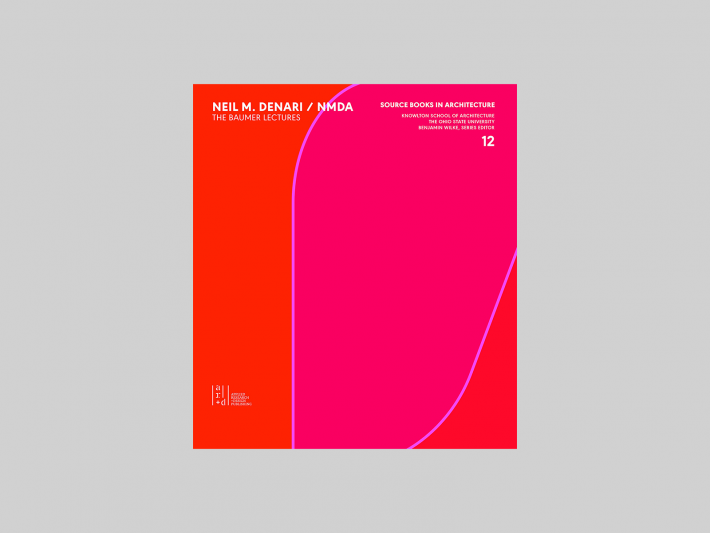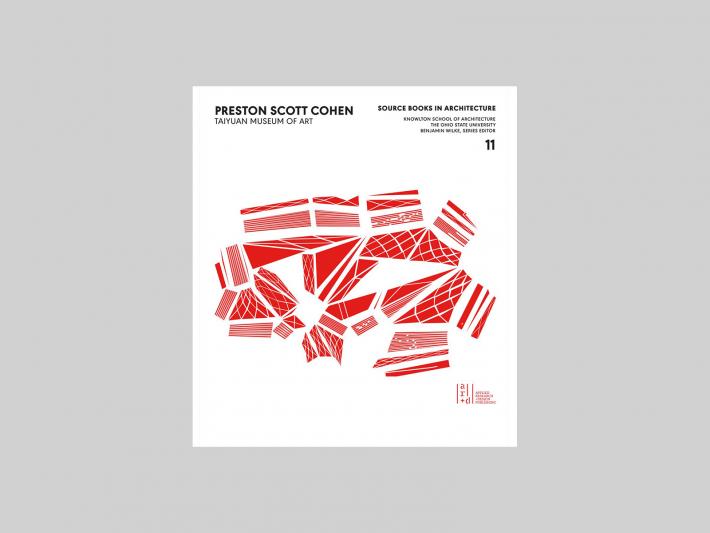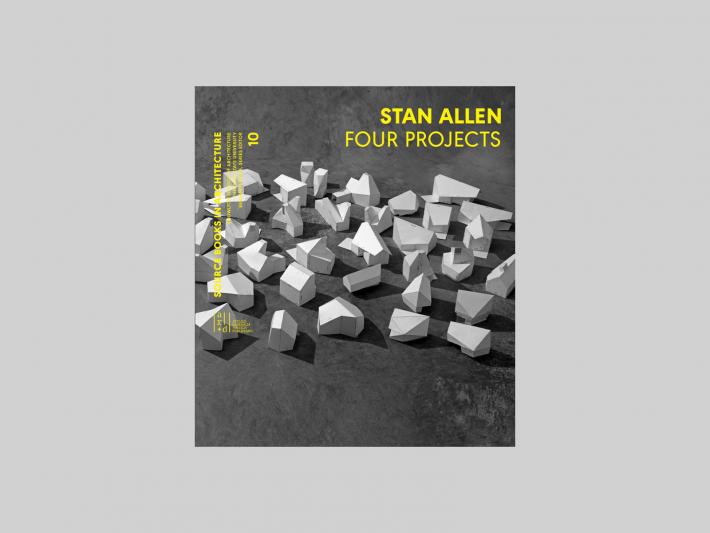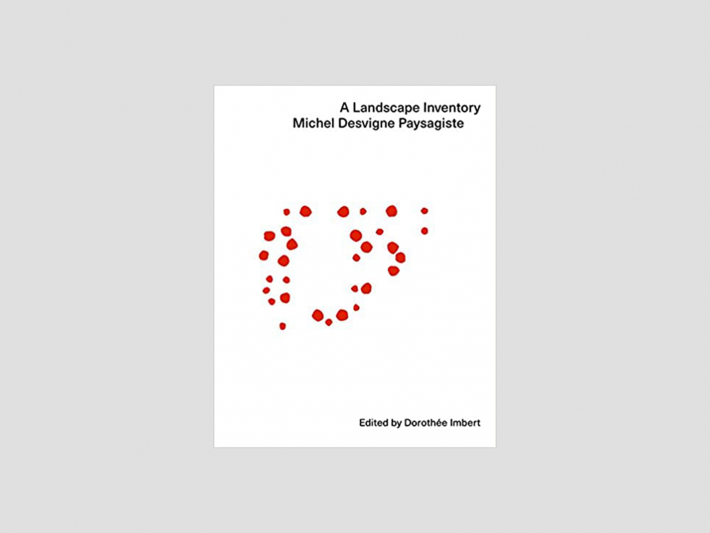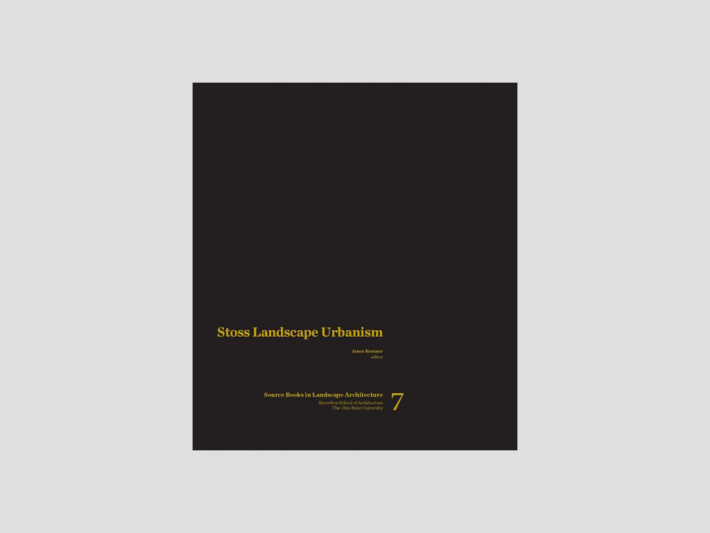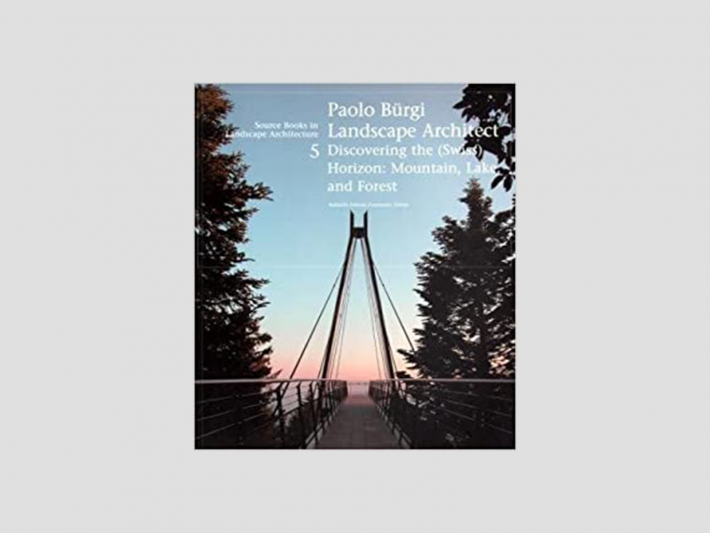Knowlton Publications
The Knowlton School produces two long-running series: the Source Books in Architecture and Source Books in Landscape Architecture. In addition, the Journal of Planning Literature and Praxis are housed at Knowlton.
Knowlton Publications
Source Books in Architecture
Source Books in Architecture offer an alternative to the traditional architecture monograph. Each Source Book focuses on a single work by a particular architect or on a special topic in contemporary architecture. The work is documented with sketches, models, renderings, working drawings, and photographs at a level of detail that allows complete and careful study of the project from its conception of design and construction. The graphic component is accompanied by commentary from the architect and critics that further explore both the technical and cultural content of the work in question. Source Books in architecture were conceived by Jeffrey Kipnis and Robert Livesey as the product of the Herbert Baumer Seminars, a series of interactions between students and seminal practitioners at the Knowlton School. After a significant amount of research on distinguished architects, students lead a discussion that encourages those architects to reveal their architectural motivations and techniques. The students record and transcribe the meetings, which become the basis of these Source Books.
Related News
Source Books in Landscape Architecture
Source Books in Landscape Architecture provide concise investigation into contemporary designed landscapes by looking behind the curtain and beyond the script to trace intentionality and results. One goal is to offer unvarnished stories or place-making. A second goal is to catch emerging and established designers as facets of their process mature from tentative trial into definitive technique. Each Source Book presents one project or group of related works that are significant to the practice and study of landscape architecture today. Each monograph is a synthesis of a single Glimcher Distinguished Visiting Professorship. Structured as a series of discussion-based seminars to promote critical inquiry into contemporary designed landscapes, the Glimcher Professorships give students direct, sustained access to leading voices in practice. Students who participate in the seminars play an instrumental role in contributing to discussions, transcribing recorded material, and editing content for the Source Books.
Related News
Journal of Planning Literature
The Journal of Planning Literature aims to give the reader an understanding of the state of knowledge of the field for use in research or professional practice in planning and design. The Journal of Planning Literature publishes review articles, annotated bibliographies, listings, and abstracts of recent literature in city and regional planning design. Each issue contains one to three refereed literature reviews and Council of Planning Librarians Bibliographies; book reviews; several hundred abstracts of books, journal articles, dissertations, and several hundred bibliographic listings.
Learn more about the Journal of Planning Literature
Praxis
Founded in 1999, PRAXIS: a journal of writing + building has established itself as a distinctive voice in international architectural culture. The journal addresses contemporary design issues in both depth and breadth and has engendered an architectural discourse uniquely rooted in practice. Emphasizing the interdependence of technology, design, theory, and history, PRAXIS investigates these fields as parts of an integrated discipline, promoting connections between various aspects of architectural production. The journal has generated a forum that bridges the gap between theory and practice.
Learn more about PRAXIS
One:Twelve
One:Twelve is a student-run, bi-annual journal that operates out of Knowlton School. Launched in 2010, it is dedicated to furthering the school’s intellectual situation. One:Twelve is, at its core, a collaborative effort. Its editorial staff spans the school’s three disciplines: Architecture, Landscape Architecture, and City and Regional Planning. Above all, its editors are committed to maintaining the journal’s role as a platform for independent student thinking—a venue for developing topics touched upon in the regular curriculum as well as pursuing those diversions that might not have a place in the classroom.
Learn more about One:Twelve


